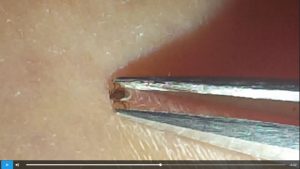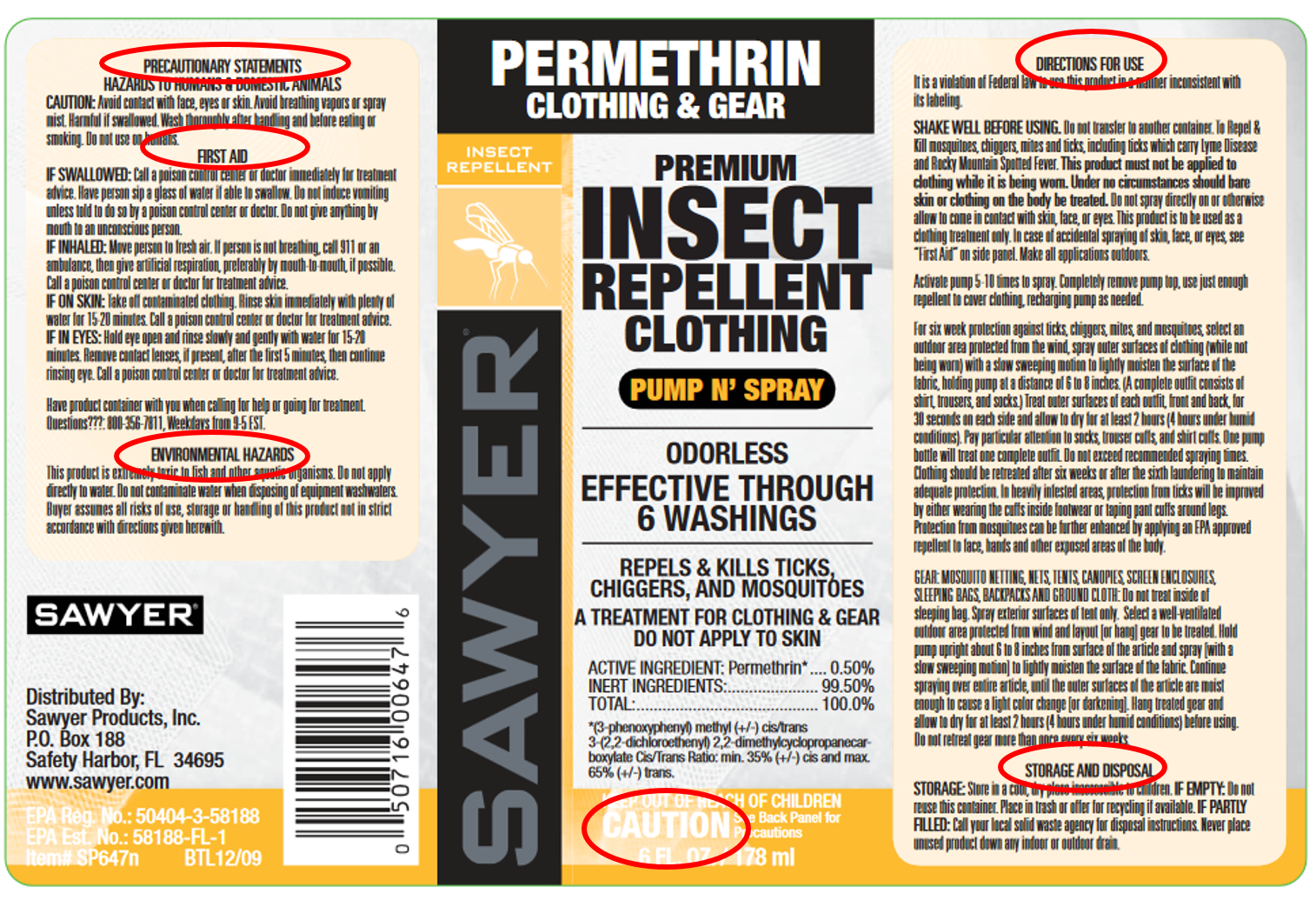“I already found a tick on me!” – many people across NY
Many New Yorkers still equate tick activity with summertime, but blacklegged ticks, the ones that carry Lyme disease, anaplasmosis, babesiosis, Powassan virus, and Borrelia miamyoti, are most active in the spring and fall. (They can actually be active year round if the temperature and humidity levels are just right. Thus the heavy activity on the warm days in February.)

And in the springtime the blacklegged tick nymph turns to thoughts of questing. And nymphs are small. Poppy seed-sized small. If you are not intentionally conducting a daily tick check, you could easily miss one. And even if you are intentionally looking, one can occasionally get through your visual defenses. Which is why I was able to take this tick removal video after finding this tiny nymph on my leg when using my fingertips to search by feel. Since Powassan virus can be transmitted after 15 minutes of the tick being embedded, the incentive for not being bitten has risen dramatically.
Which brings us to the use of clothing treatments to protect ourselves. Permethrin is a pesticide that can be applied to clothing, footwear and gear before exposure. Researchers for the Center for Disease Control recently conducted a study showing how permethrin interferes with blacklegged, American dog, and lone star ticks’ ability to move and, thus, to bite. Read about it here.
Now the easiest option is to buy pretreated clothing or have your clothes professionally treated. The TickEncounter Resource Center has an excellent section of their website about tick repellent clothes, including where to get them.
For DIYers, permethrin can be purchased at many sporting goods and big box stores as a liquid or aerosol spray. But it must be applied safely and correctly. I try not to react in horror as people tell me they will spray the clothes they are wearing just prior to walking out the door. This product must NOT be applied to clothing while it is being worn. Or when one’s husband announces that he left his newly treated clothing in the basement. (And, yes, he sprayed the clothes down there too.) Permethrin must be applied outdoors. Don’t take my word for it. This information, and more, is found on the label. Let’s take a close look at the label from a commonly found product. (Does not imply endorsement.)

The label, which is vetted through the EPA and, in NY, the DEC, provides information on the following topics (with a few examples thrown in):
- Signal Word – this is your clue to how dangerous the pesticide is. To put it simply, categories include Caution (slightly toxic), Warning (moderately toxic), and Danger (highly toxic). This formulation of permethrin is labeled Caution.
- DIRECTIONS FOR USE – includes, but is not limited to:
- SHAKE WELL BEFORE USING. (Emphasis theirs. It must be important!)
- This product must not be applied to clothing while it is being worn. Under no circumstances should bare skin or clothing on the body be treated. (Emphasis also theirs.)
- Make all applications outside.
- SHAKE WELL BEFORE USING. (Emphasis theirs. It must be important!)
- STORAGE & DISPOSAL
- Store in a cool, dry place inaccessible to children.
- Never place unused product down any indoor or outdoor drain
- PRECAUTIONARY STATEMENTS – includes “Do not use on humans.”
- FIRST AID – in case you didn’t follow the precautionary statements.
- ENVIRONMENTAL HAZARDS
- This product is extremely toxic to fish and other aquatic organisms.
We hit just some of the highlights, but it is all important. The label not only provides suggestions for using the product safely – the label is the law. That too is on the label: “Buyer assumes all risks of use, storage or handling of this product not in strict accordance with directions given herewith.”
So what is one to do? Why, follow the label of course. Decide which clothes you might wear into tick infested places and “select an outdoor area protected from the wind, spray outer surfaces of clothing (while not being worn) with a slow sweeping motion to lightly moisten the surface of the fabric, holding pump at a distance of 6 to 8 inches. Treat outer surfaces of each outfit, front and back, for 30 seconds on each side and allow to dry for at least 2 hours (4 hours under humid conditions). Pay particular attention to socks, trouser cuffs, and shirt cuffs.”
Then plan for the next application. “Clothing should be retreated after six weeks or after the sixth laundering to maintain adequate protection” I both mark the day I sprayed in my calendar and schedule an appointment for six weeks later.
By the way, professionally treated clothing also has a label, often found on the hang tag when purchased. Be sure to follow those instructions carefully as well.
For more information about permethrin, visit the National Pesticide Information Center and EPA. And for more information on ticks, tick-borne diseases, why there are so many of them, and how to protect yourself, check out our new improved tick page – www.dontgettickedny.org.